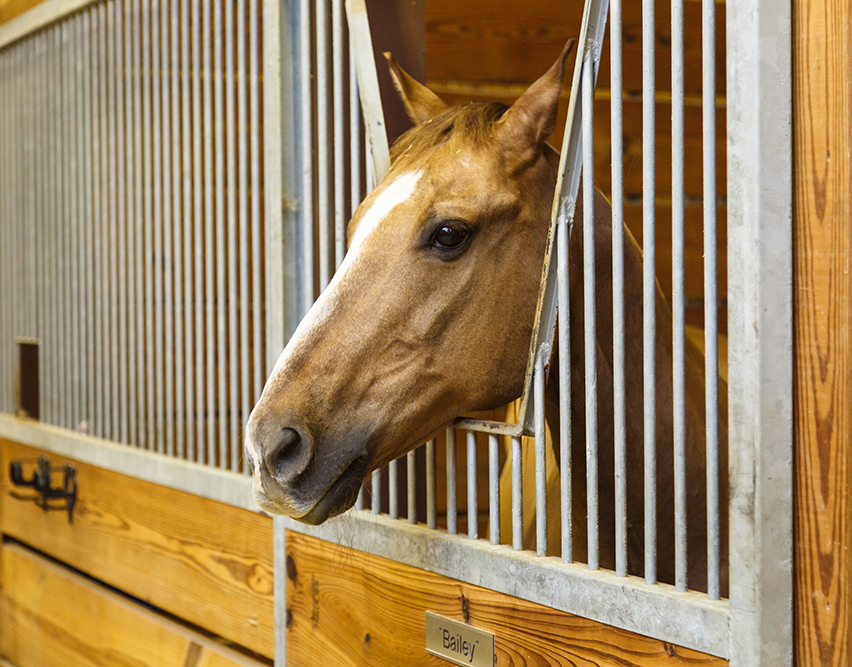Lighting & Nutrition for Breeding Late Winter/Early Spring

Mares that are not pregnant at the end of the year should be getting careful attention in December and January to make certain that they are ready for the start of the breeding season.
In North America, horses have a universal birthday on January 1. Therefore, it may be desirable to breed as early as possible while ensuring that foals do not arrive in December.
Artificial Lighting: A Valuable Tool for Mare Preparation
The use of artificial lighting to help prepare mares for breeding is a fairly standard management tool. Mares are often placed under lights in early December to promote cycling by mid to late February.
Breeding earlier than mid-February is not recommended because a short gestation period could lead to the birth of a December foal and a very young yearling.
Lighting Systems and Guidelines for Effective Results
There are multiple lighting systems, but all deliver 16 hours of combined artificial and natural light.
You can measure illumination with a light meter. A general guideline, however, is to ensure comfortable newspaper reading in illuminated stall/paddock areas. (Reading your backlit smartphone does not count!)
Keep in mind, putting mares that are due to foal very early under lights has been reported to shorten gestation a few days, so you may want to avoid it. Again, you do not want yearlings that are only a few days old!
Body Condition Management: Maintaining Optimal Health and Weight
Body condition is also very important at this time of the year. If you have open mares that are below Body Condition Score 5, now is a good time to increase the plane of nutrition so that they are maintaining or gaining a slight bit of weight.
If they are over BCS 6, do NOT put them on a diet as a negative energy balance (losing weight) may interfere with normal estrus cycle.
The Importance of Adequate Water, Salt, Forage, and Nutrition
In cold weather, mares should have access to unfrozen water, loose salt, and quality forage. Additionally, they need a balancer or grain product for maintaining body condition.
Proper veterinarian examination, artificial lighting and good nutrition can set the stage for a successful early breeding season
